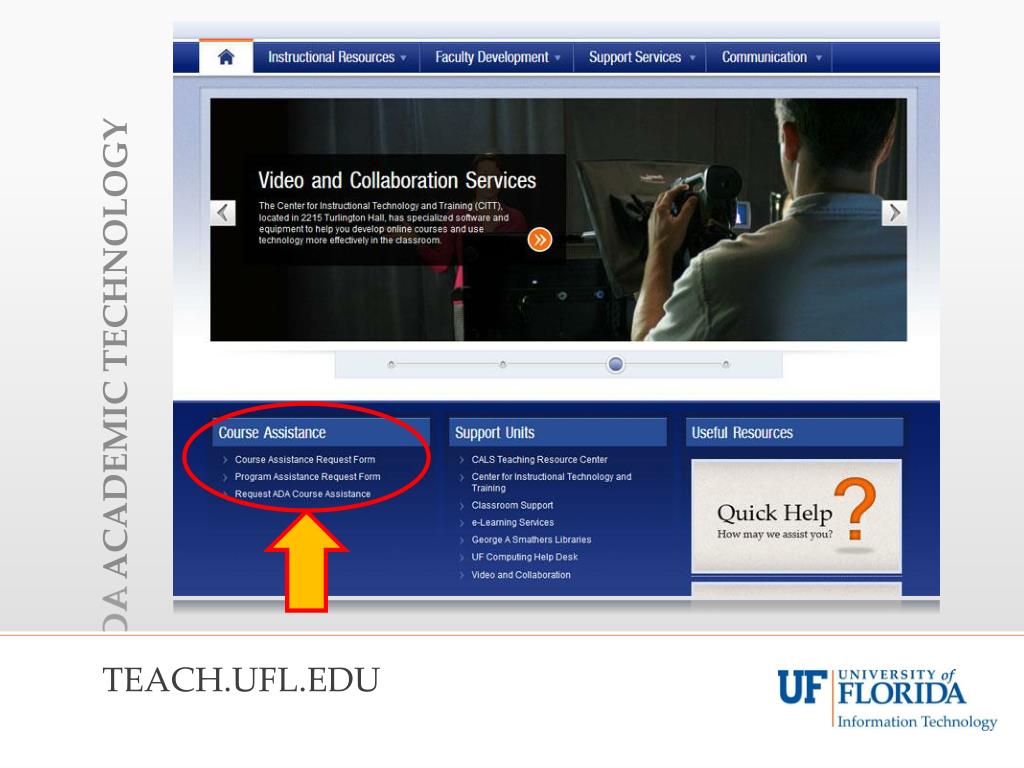

Mandatory features for devices also include on-screen display and metadata streaming, while mandatory features for clients also include PTZ control.
A Profile G client (e.g., a video management software) is one that can configure, request, and control recording of video data over an IP network from a Profile G conformant device. An ONVIF Profile G device (e.g., an IP network camera or video encoder) is one that can record video data over an IP network or on the device itself.Examples of permission instructions: ACS general, ACS dissertations, Elsevier, IEEE, RSC, Springer, Wiley.ONVIF Profiles G, Q, S, and T are for Video Devices.On the permission form, clearly state your intent to reuse material in your dissertation. Many publishers do not explicitly address reuse in dissertations.If you cannot identify a publisher, contact the copyright holder for permission.The permission response will state the text you must include in your work. Most publishers provide a form or instructions for requesting permission to use their material. Permissions for reuse are controlled by the publisher of each article.Reusing text or images from published articles: Check Publishers' Guidelines (box at right) for examples of instructions and definitions.Rules may vary for publishing works that were originally presented orally or as a poster at a conference.Is your work acceptable as a clearly-labeled duplicate or secondary work?.Does your submission meet editors' definitions of "original" work?.Authors should meet conditions 1, 2, and 3.3) final approval of the version to be published.2) drafting the article or revising it critically for important intellectual content and.

1) substantial contributions to conception and design, acquisition of data, or analysis and interpretation of data.Consider the widely-recognized standards of the International Committee of Medical Journal Editors (ICMJE), which state authorship credit should be based on:.Who should be the authors of your article, and who merits acknowledgement rather than authorship? Establish roles and authorship at the beginning of a project, and create partnering agreements.How is collaborative research defined in your discipline?.Follow responsible publication practices.Is the work original? Has the research been published before? Are primary data sources identified?.Who did the work? Who merits authorship? Which non-authors merit an acknowledgement?.Who funded the research or the publication process?.


 0 kommentar(er)
0 kommentar(er)
